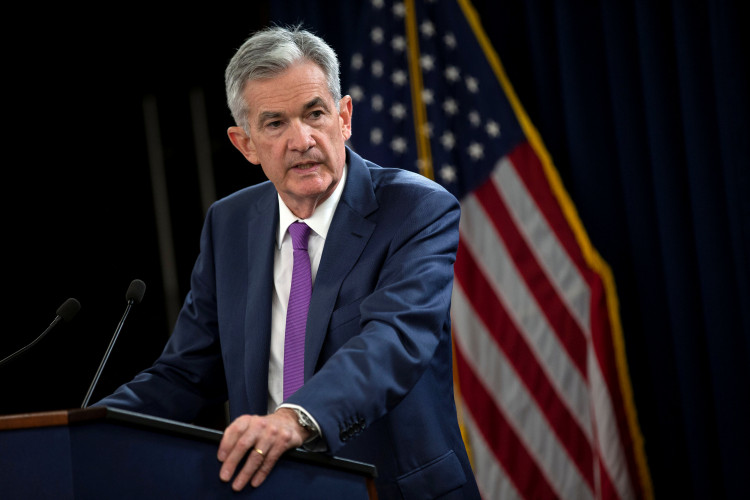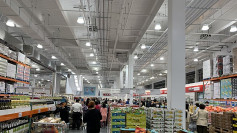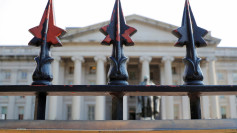Whatever the official U.S. job numbers will be on Friday, it seems nothing will stop the U.S. Federal Reserve from lowering interest rates later this month to boost a sagging economy.
Adding to this certainty is the absence of any meaningful progress in resolving the bitter trade war between the United States and China, said analysts.
All indications are that nonfarm payrolls likely increased by 160,000 jobs in June after rising by only 75,000 in May, said a Reuters survey of economists. May was the second time this year job numbers fell below 100,000 in a month.
Reports on Wednesday, however, showed private employers hired far fewer-than-expected workers last month while a measure of services industries employment dropped. In addition, job growth has slowed to an average of 164,000 per month this year from 223,000 in 2018.
The June ADP employment figures released Wednesday confirms ebbing U.S. growth. The report showed private payrolls rising by just 102,000 in June compared to the expected growth of 135,000 to 140,000 as estimated by economists.
The June reading is the smallest increase in private positions since the start of the economic expansion 10 years ago. Analysts said small and medium-scale businesses are taking the brunt of the slowdown, which is being papered over by the fact large businesses have kept on hiring people.
Small businesses with fewer than 50 employees shed 23,000 jobs. On the other hand, businesses with 19 or fewer employees did away with 37,000 positions.
Job growth is decelerating partly because employers are having a tough time qualified workers. There are about 7.4 million job openings nationwide.
Because of the slump in hiring in May, Fed Chairman Jerome Powell said job growth "bears watching." The Fed in June indicated it might ease monetary policy as early as July. It pointed to low inflation and growing risks to the economy from an escalation in trade tensions between China and the US.
"Given signs of slowing growth and little material progress on the trade war, a rebound in job growth would still leave the Fed on course to cut rates at the July meeting and we expect 25 basis points cut," said Sam Bullard, a senior economist at Wells Fargo Securities.
Wage growth is also expected to have improved in June, but the trend is slowing down. Average hourly earnings are forecast to rise a minute 0.3 percent after gaining a puny 0.2 percent in May. These improvements will lift the annual increase in wages to 3.2 percent in June from 3.1 percent in May, which was the slowest rise in eight months.
"I am skeptical that consumers can keep the slowdown, which is centered in manufacturing and business investment, from seeping into other corners of the economy," said Scott Anderson, chief economist at the Bank of the West in San Francisco.






